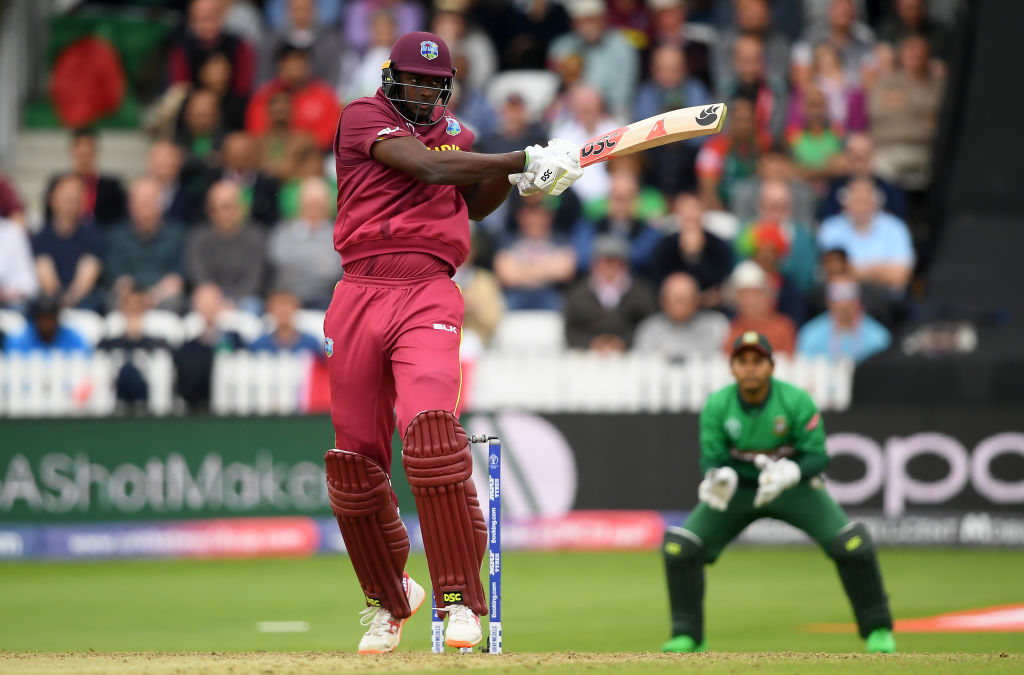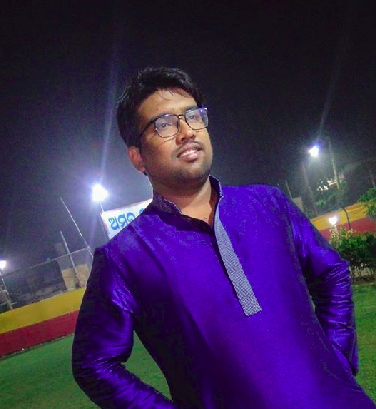One-dimensional approach - West Indies’ biggest let down

One of the most defining images of this World Cup so far was the celebration of a young Sheldon Cottrell after dismissing Glenn Maxwell with his express pace and the ability to bounce out. Or was that, a stoic Shai Hope going down on his knees to play a lovely cover drive off Nathan Coulter-Nile.
Whichever one would you go for, you are bound to have a smile on your face and appreciate the uncomplicated nature of the Caribbean cricket. Plain, simple, and enigmatic. Those are the two images that have been stuck in my head throughout this World Cup and I can’t explain the reason with any suitable description. It is this smile that West Indies cricket gives you far and few in between but then the reality sinks in. Because sandwiched between those beauties are sheer frustration - of many defeats, of brainless batting and bowling, and most importantly, some immature handling of the resources.
Just wait for a moment and think - Wasn’t this World Cup always going to be a different one for the two-time champions? After all, for the first time in probably more than a decade, they had their best team and have the administration on their side. Their pace attack was spitting fire and they have two fine batsmen at the top. What could’ve gone wrong in their way?
As things stand at the moment, going into the clash against New Zealand at Old Trafford, Windies have only accumulated three points from five games, and a win in Manchester today will be anything other than an aberration. This subtle changes in the storyline can be attributed to the dictum with which the Jason Holder-led team operate in the ODI cricket - a throwback to the style of cricket in the 1990s. Not in the strike rotation kind of way but in the overall approach.
Chris Gayle may have been one of the best, if not the best, strikers of a cricket ball that T20 cricket has ever seen but he strikes at a measly 87.27 in ODIs. While there is no doubt that what damage that he can inflict to a bowling order with his six-hitting sword, his slow start, coupled with Shai Hope’s problems in the strike rotation has been Windies’ undoing recently. Gayle and Evin Lewis rely mostly on those odd deliveries in the zone to dispatch for fours and sixes thanks to their apparent inability to take singles and doubles on a regular basis but the problem with that approach is if the wicket is not conducive for batting and the ball moving around, breaking the shackle becomes as hard as trying to cross past Bangalore’s Silk Board Traffic in one go.
Eoin Morgan, before Windies’ game against England, had broken down the problem in one simple sentence that "the parameters of the ground here are a lot bigger than the West Indies" and that couldn’t have been farther from the reality. Swinging the bat across the line is only beneficial when the (in)famous UK weather decides not to throw an oddball and the early summer in England is anything but that.
That eventually reduces the capability of Gayle and Andre Russell, and with the batsman following in the order, Hope, probably the only frontline batsman to have a game suited to ODIs, being caught in a maze of the strike rate, the batting order becomes a complicated labyrinth even if the situation demands the dire solution. Hope has a 96 and a 68 in the tournament so far - a clear indictment of his ability - but that came at a strike rate of 79.33 and 64.76 respectively, which made him a one-dimensional batsman in a line-up that was expected to spit fire relentlessly and even forced Anil Kumble and Kevin Pietersen to have them as one of their pre-tournament favourites to make it to the semi-finals with the big three - England, India, and Australia.
Well, if there is a corner of public who believes that Shimron Hetmyer and Nicholas Pooran can be the major contributors, congratulations, you are not wrong in your assumptions. However, in a 330+ run chase in England, it needs a calculated approach and not some T20 slugfest. Both Pooran and Hetmyer are very good strikers of the ball but they have clear problems in rotating strikes when a hostile bowling spell is on and the fielders are spread out. Depending on them to get the job done and in case of a top-order collapse, to stabilise the innings is like asking a lion to turn vegan.
In the bowling front too, they have become all the more predictable and that hardly helped their cause. Defending a small target of 213 runs against England, they went short, then shorter and Cottrell even bowled the shortest ball of the tournament. It is in more ways an indictment of how they operate and their single-minded strategy to replicate what their predecessors of the 70s and 80s did quite effectively. It is a trend that this World Cup has gotten itself accustomed to but not having a plan B has cost them more runs eventually.
Oshane Thomas and Cottrell bring almost the same thing to the table and to complement them, Holder and Carlos Brathwaite had to ensure that the LBWs and the bowled dismissals remain in the scheme of things. However, to make the batting order a bit tighter, the Windies brought in Darren Bravo in the place of Brathwaite, which not only made them a one-trick pony but also made them vulnerable against a quality attack. With Russell all but out of the game against the Kiwis, the Barbadian will be back in the side as the pace-bowling all-rounder but that means he will have a far bigger role to play than he would have asked to do in a normal scenario.
The scheduling of the tournament also allows them a bit of downtime as after the game against New Zealand, they will face Afghanistan and Sri Lanka, with India being the other opponent. If they can bring a slight accommodating nature to their plan and try to shuffle across through it, don’t be surprised if Windies can do the same to New Zealand what Sri Lanka did to England yesterday.

Comments
Sign up or log in to your account to leave comments and reactions
0 Comments